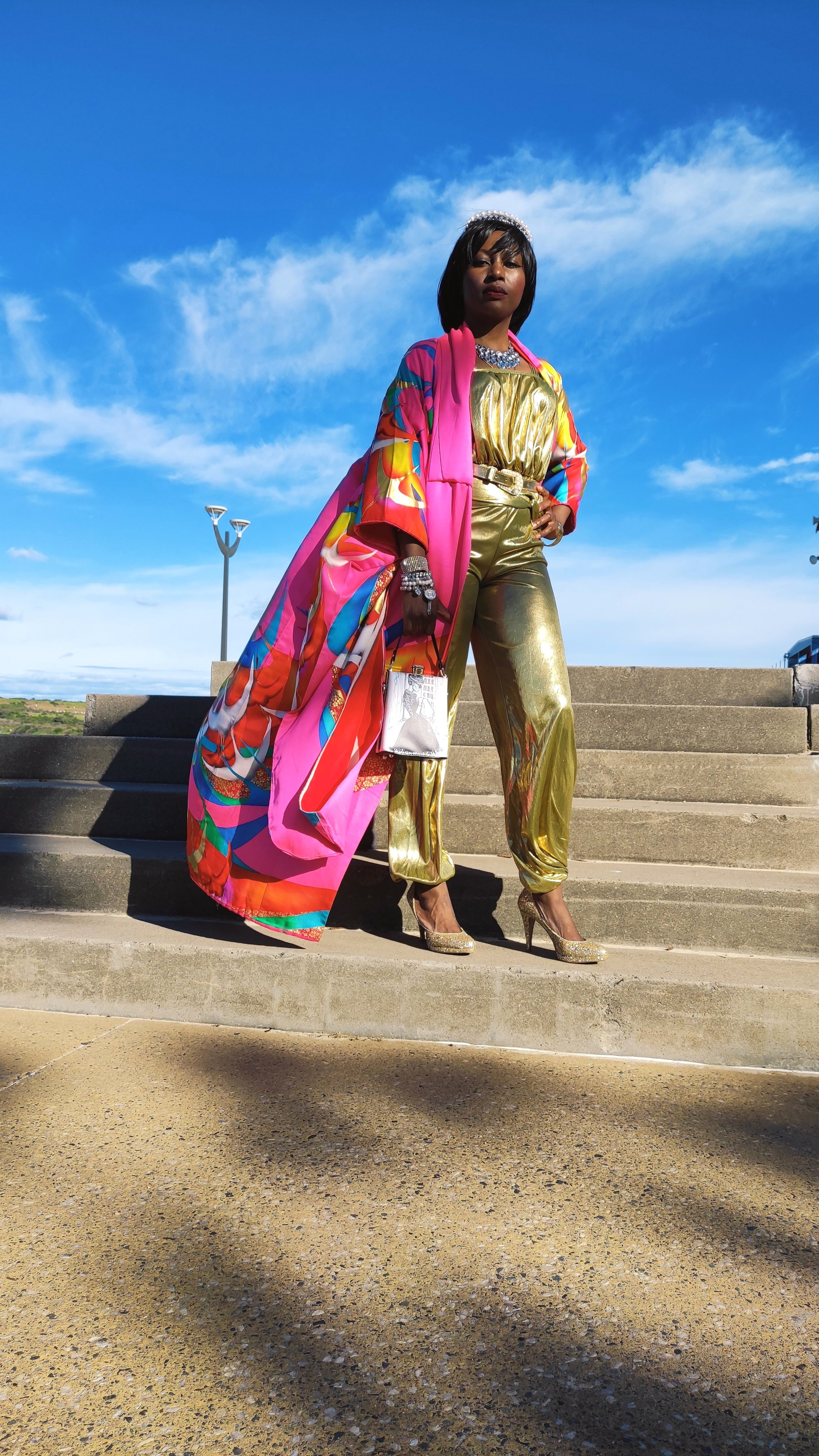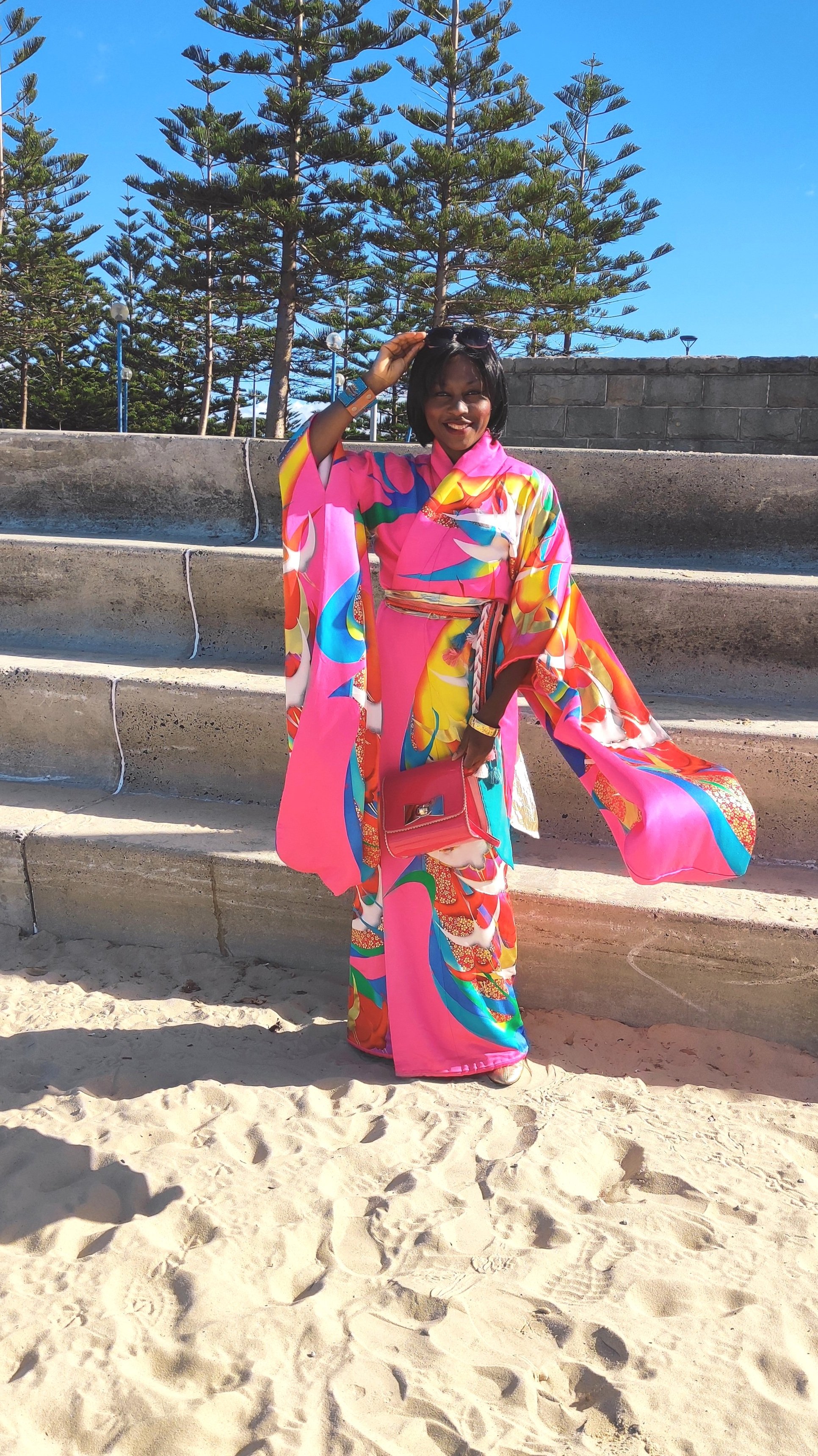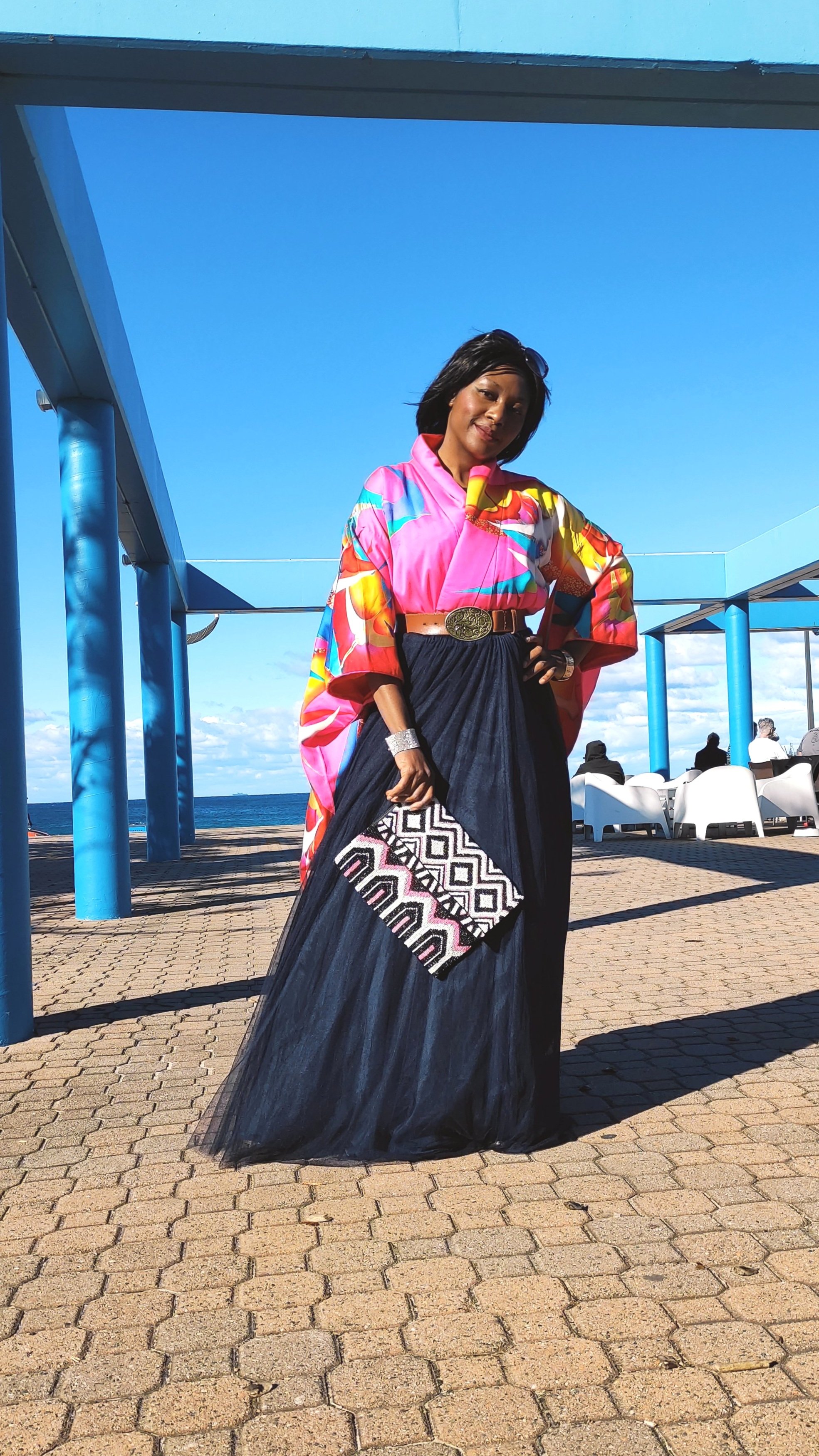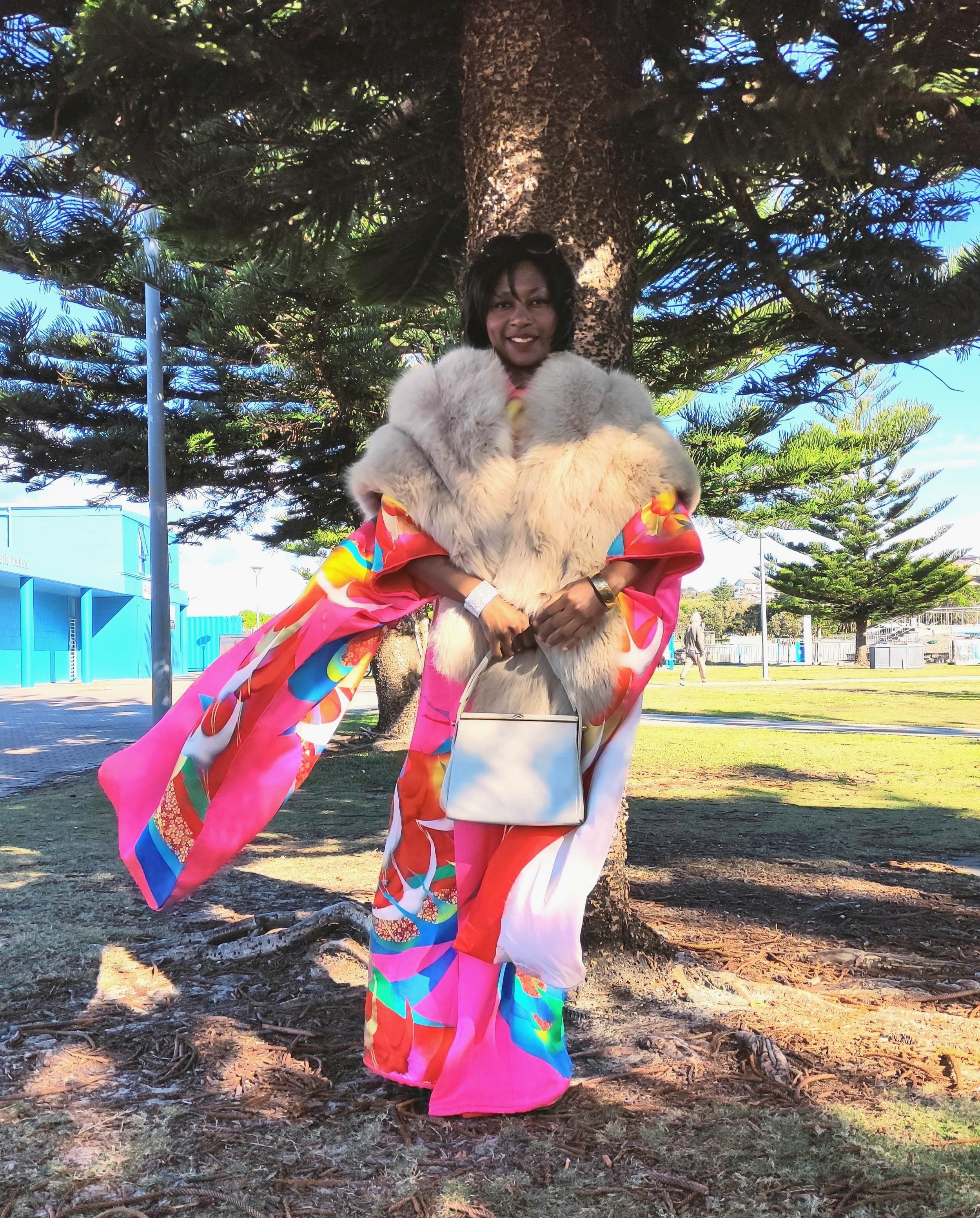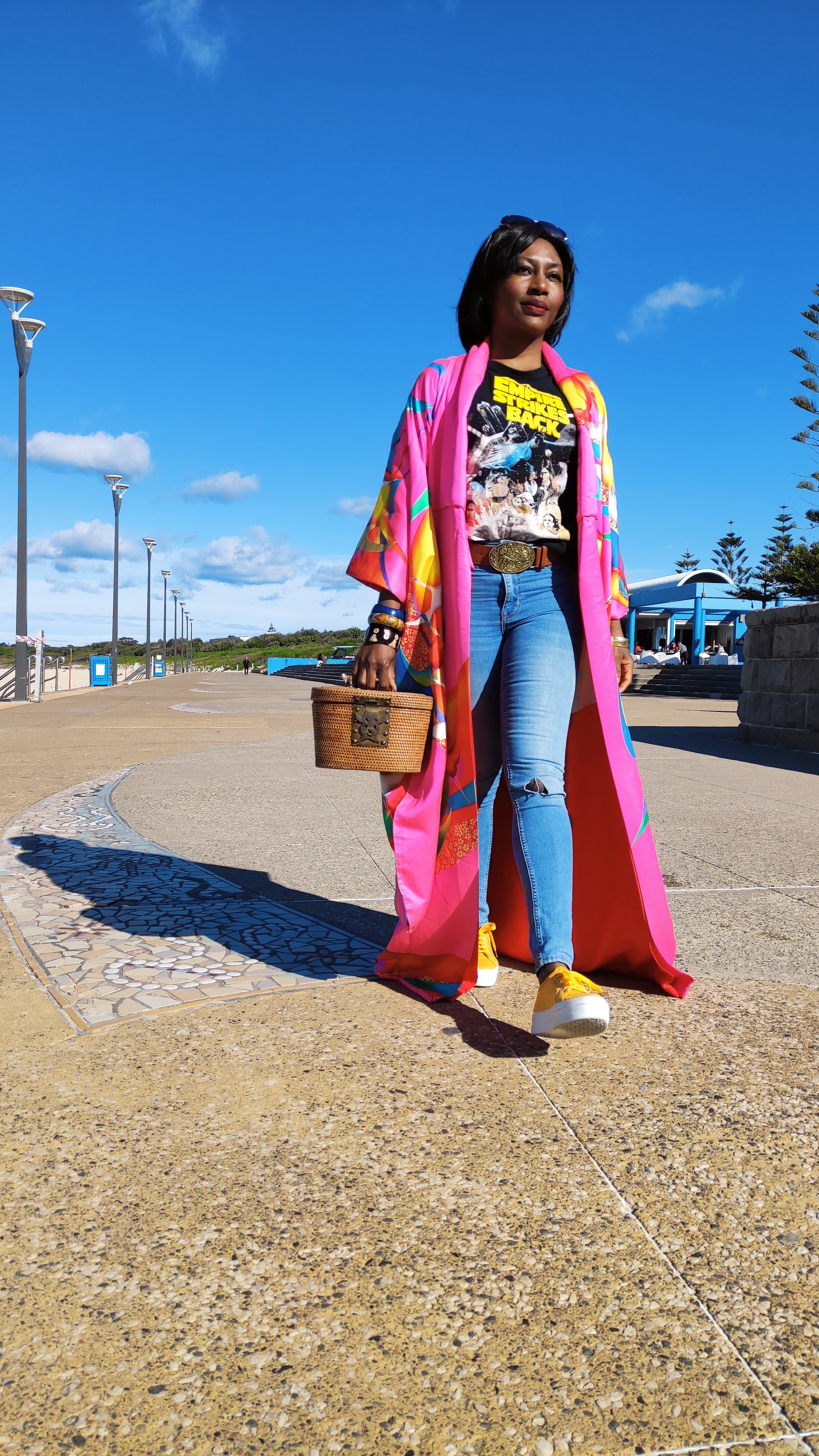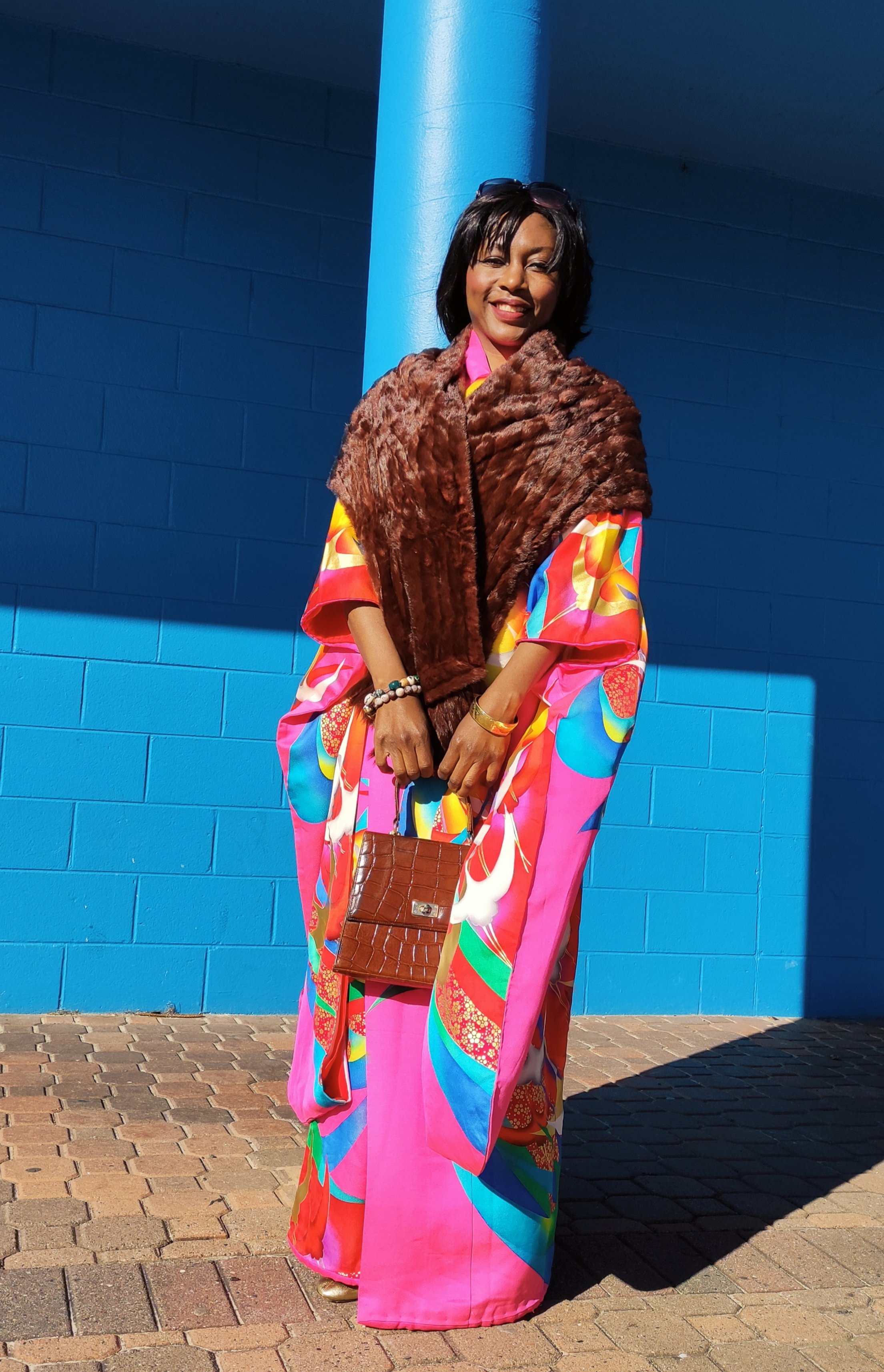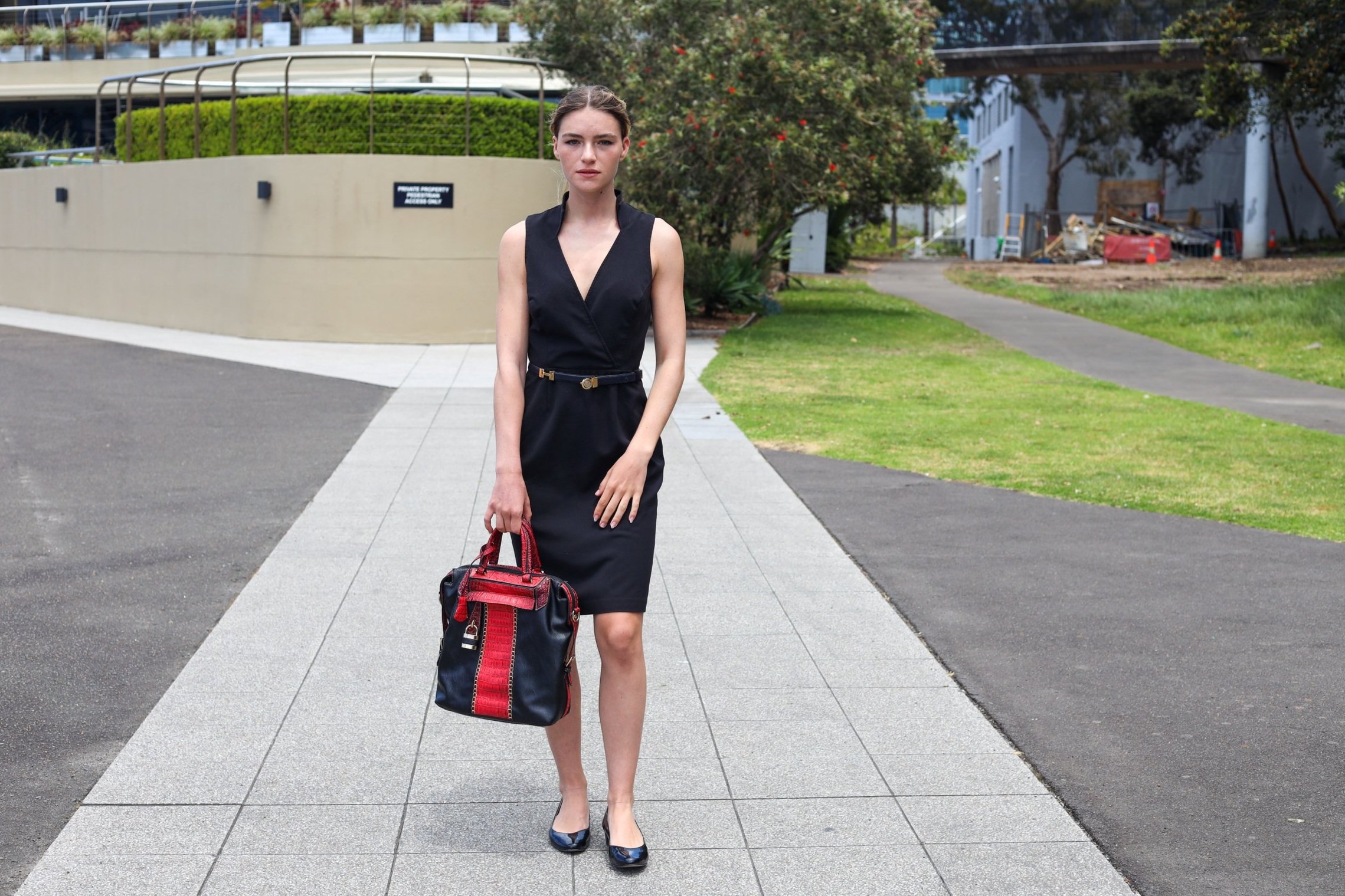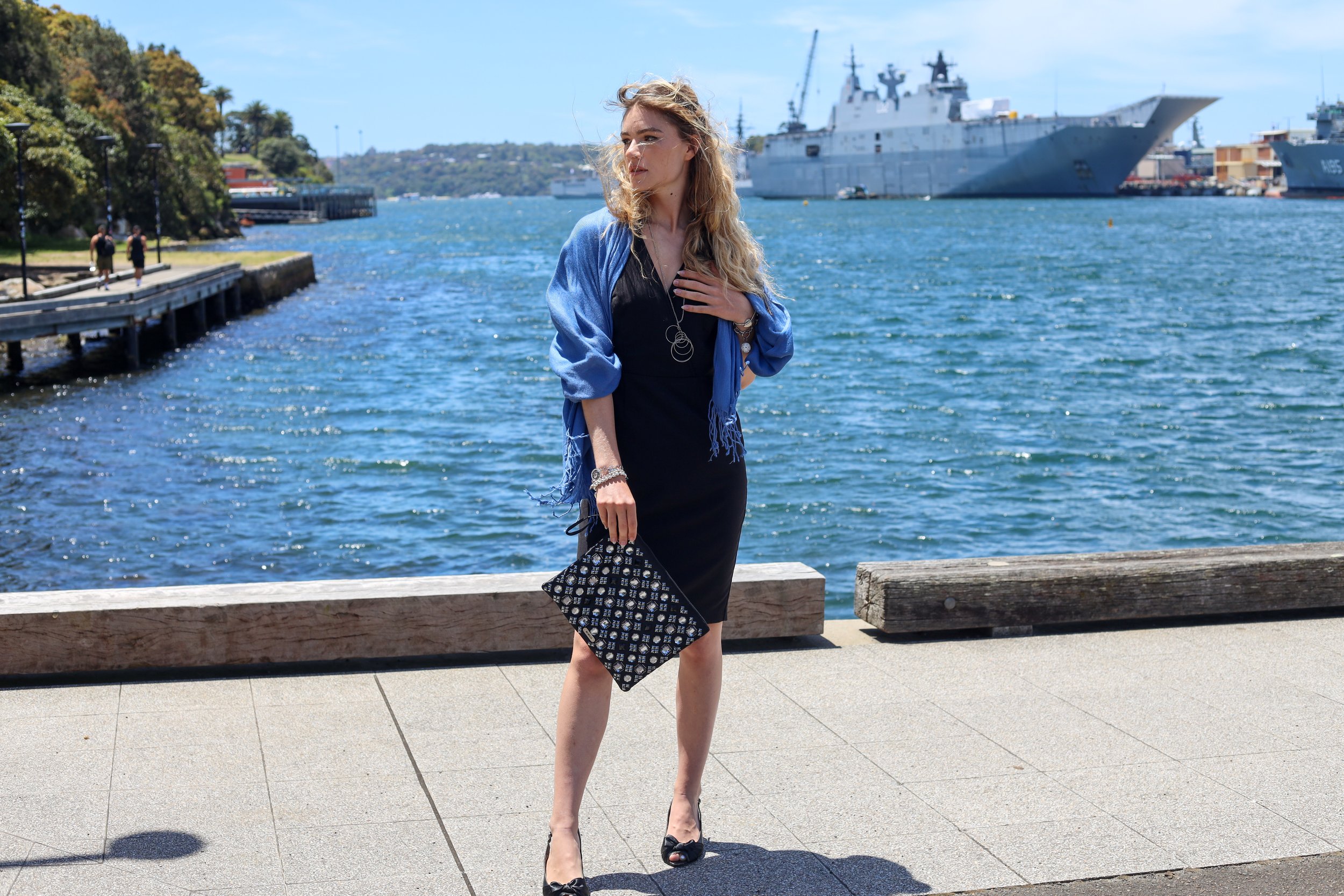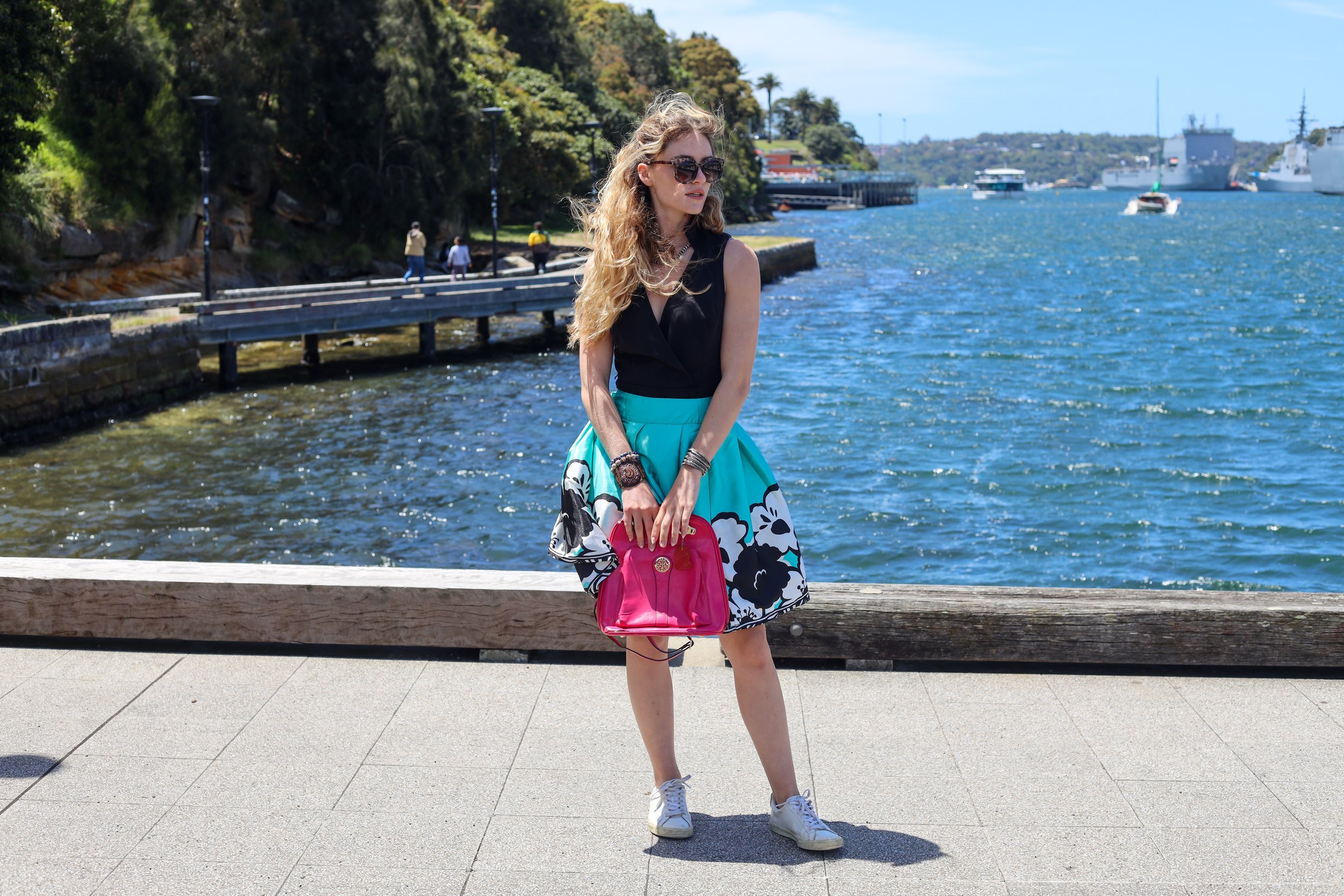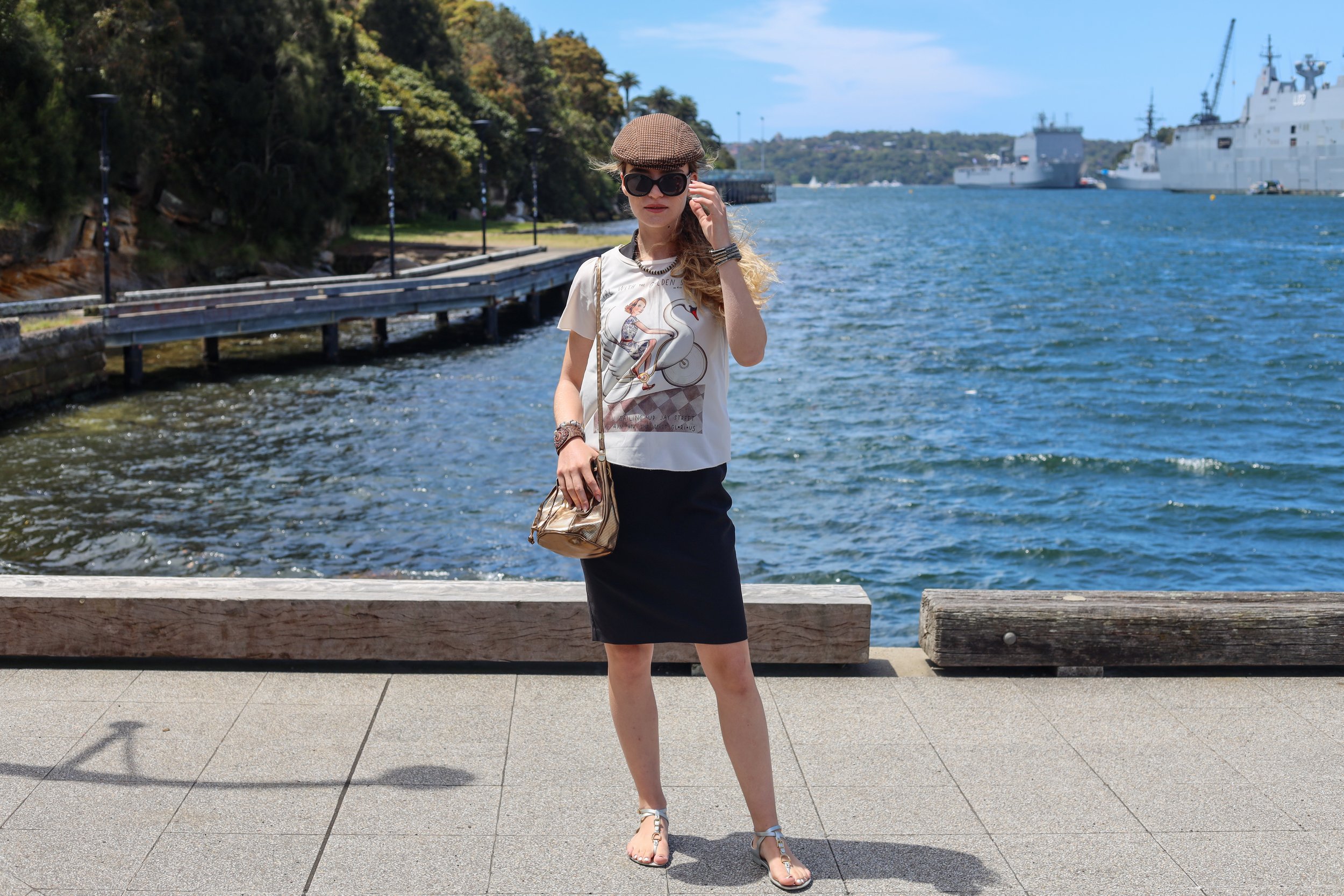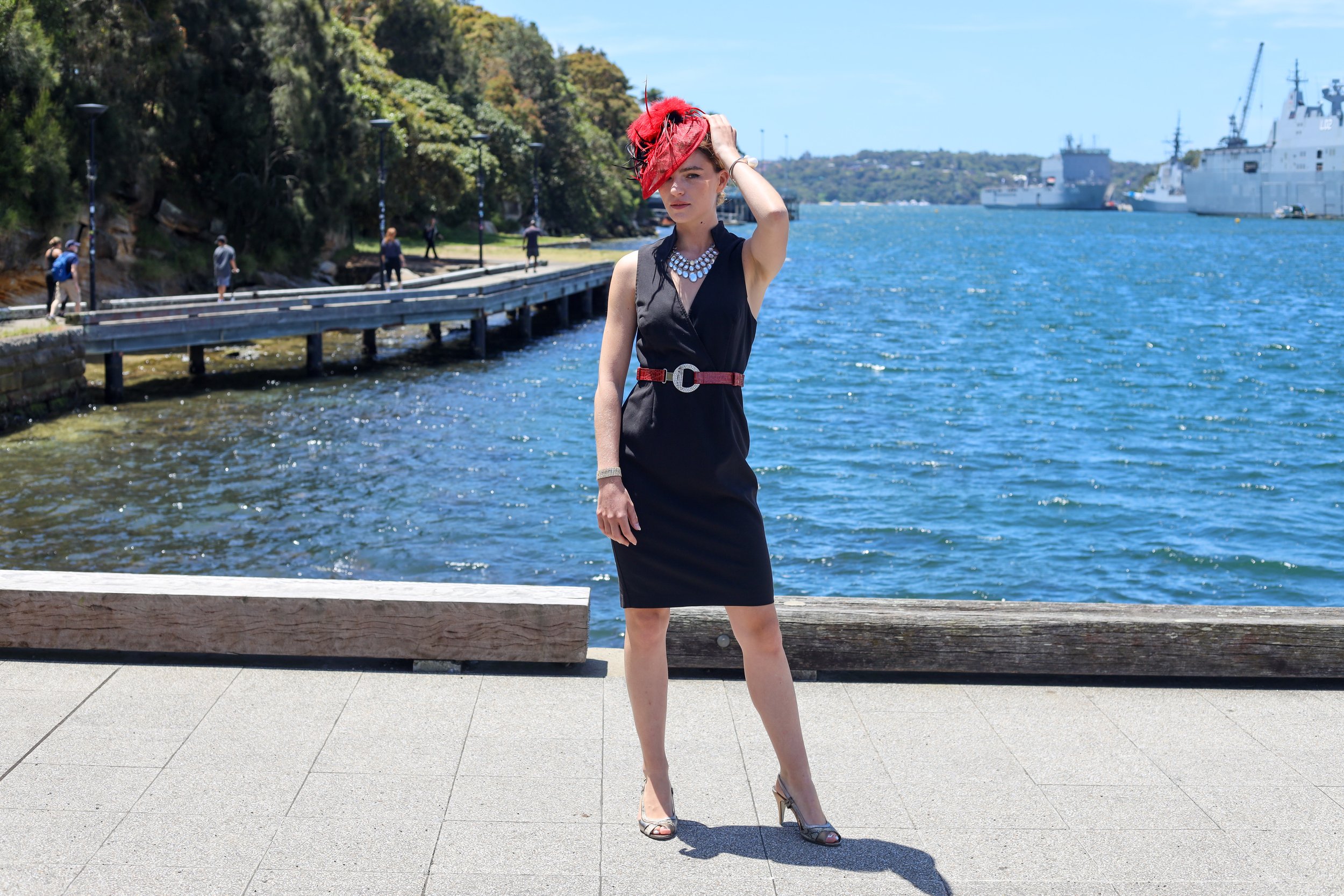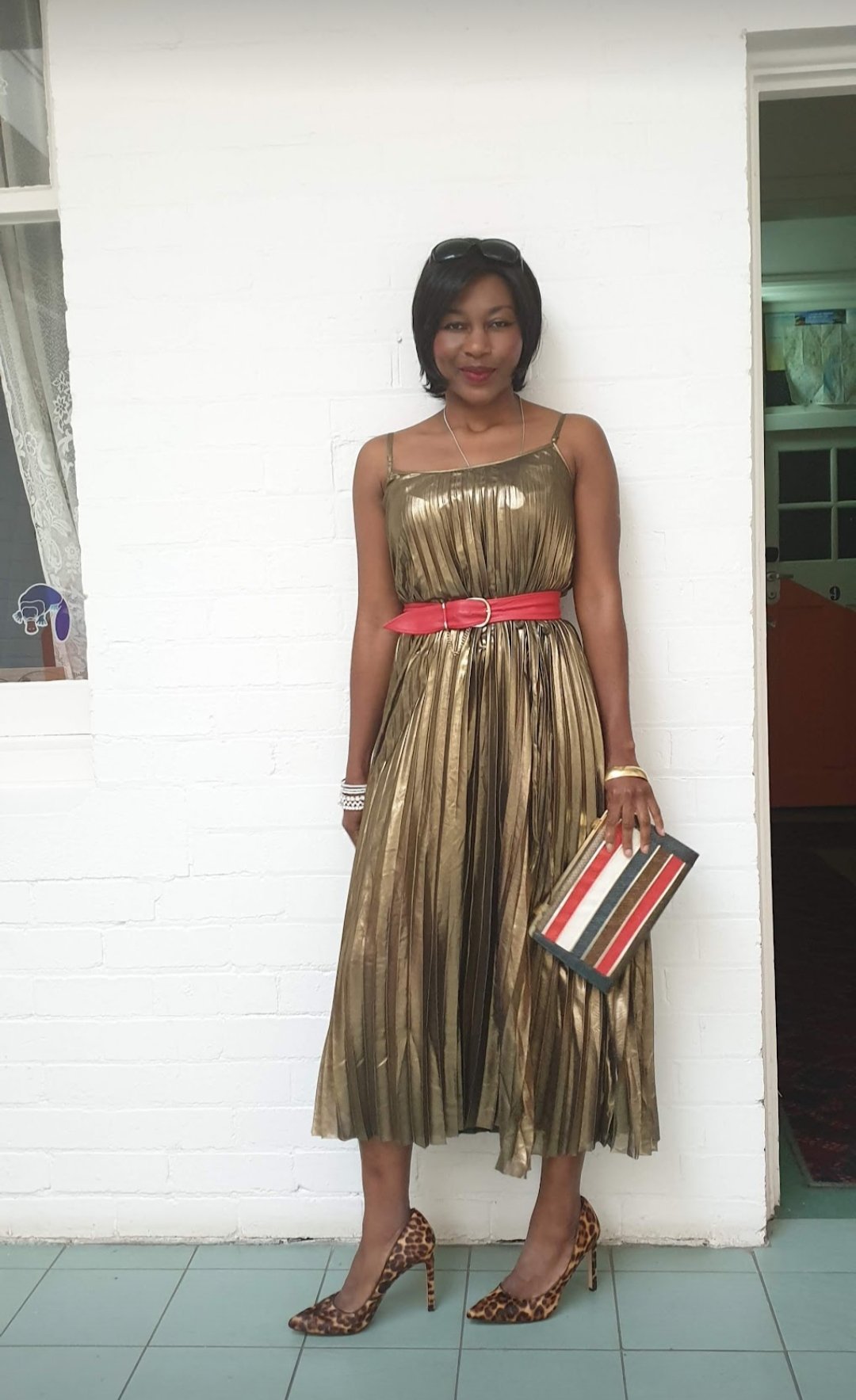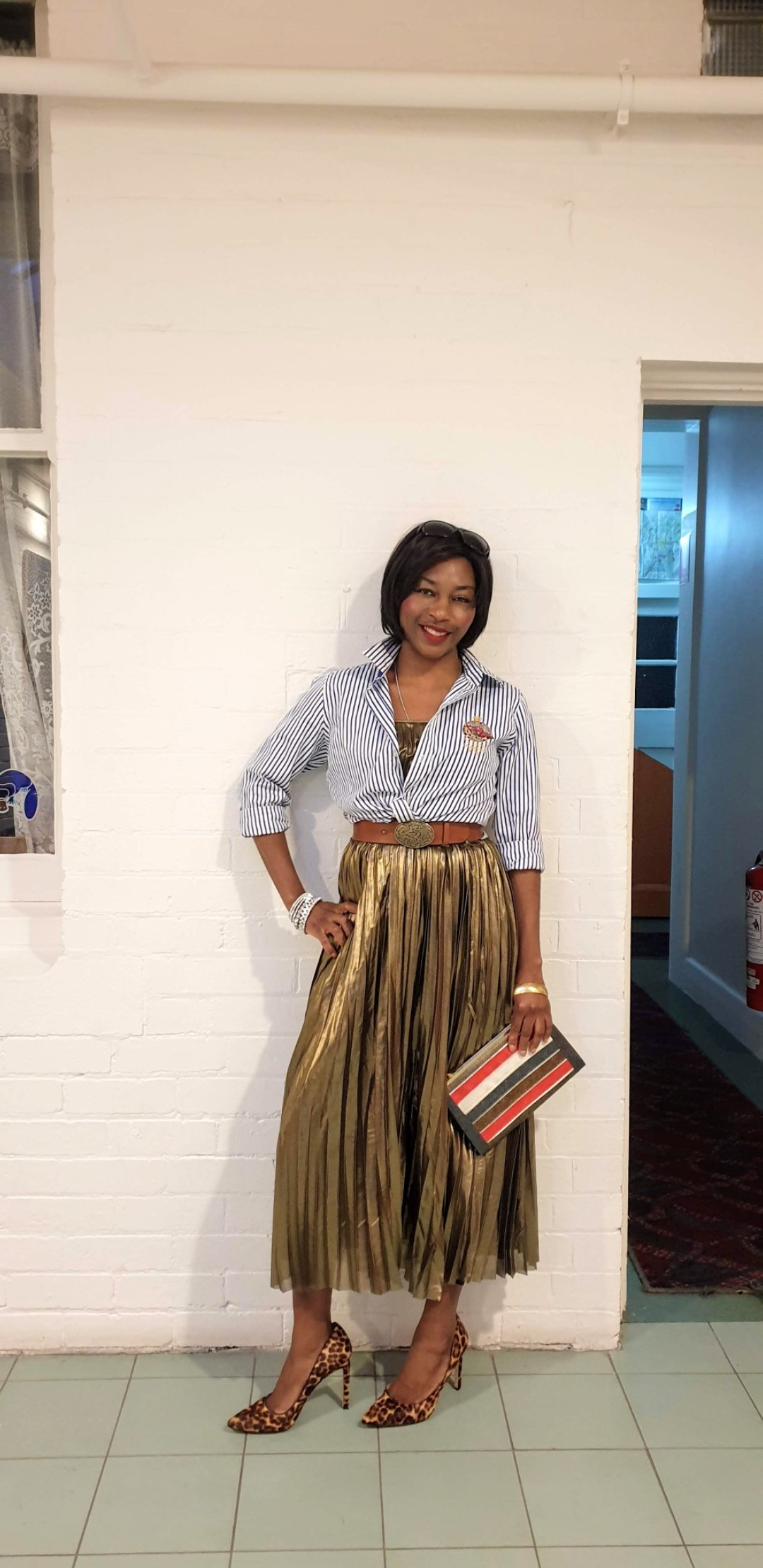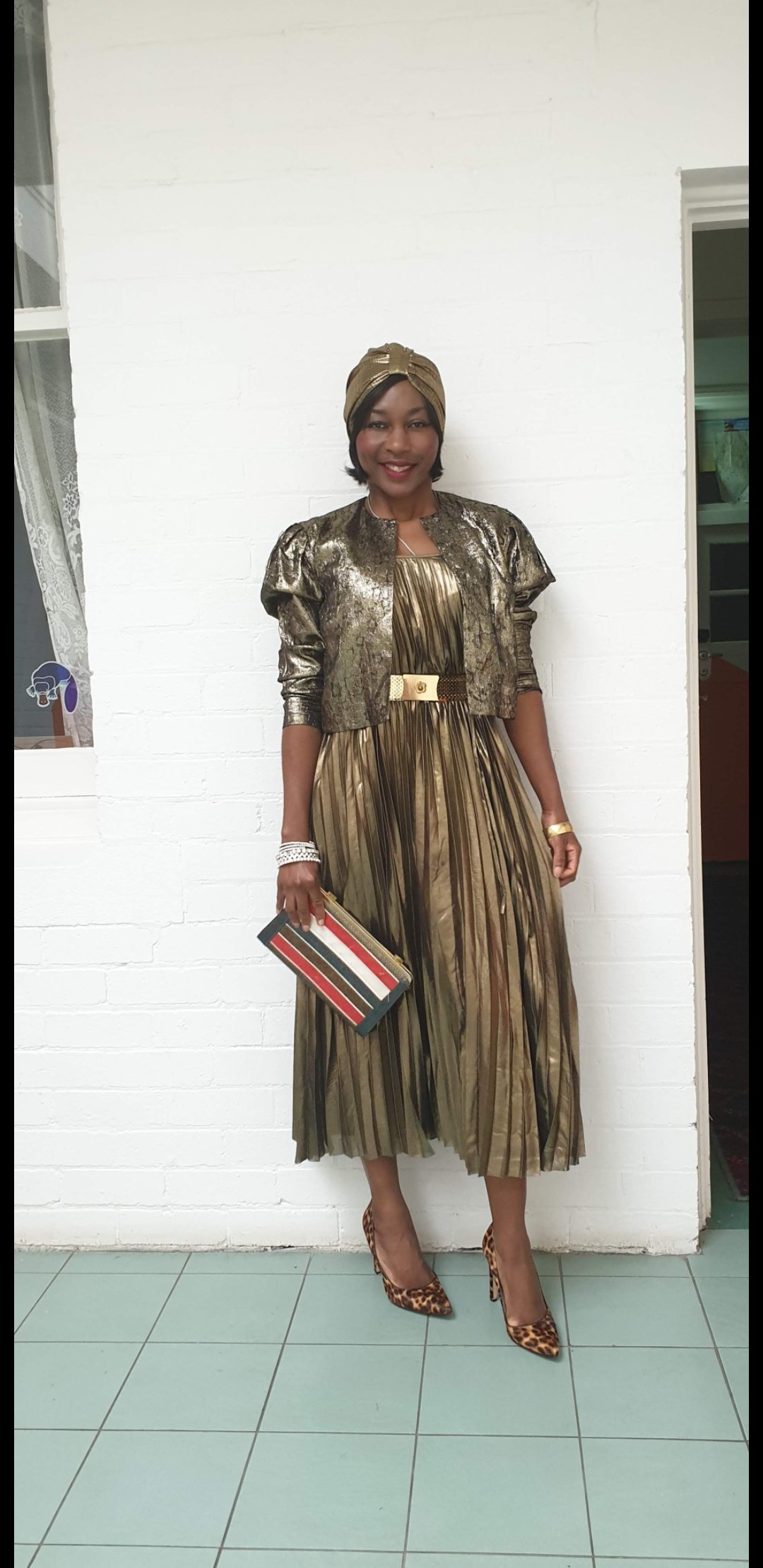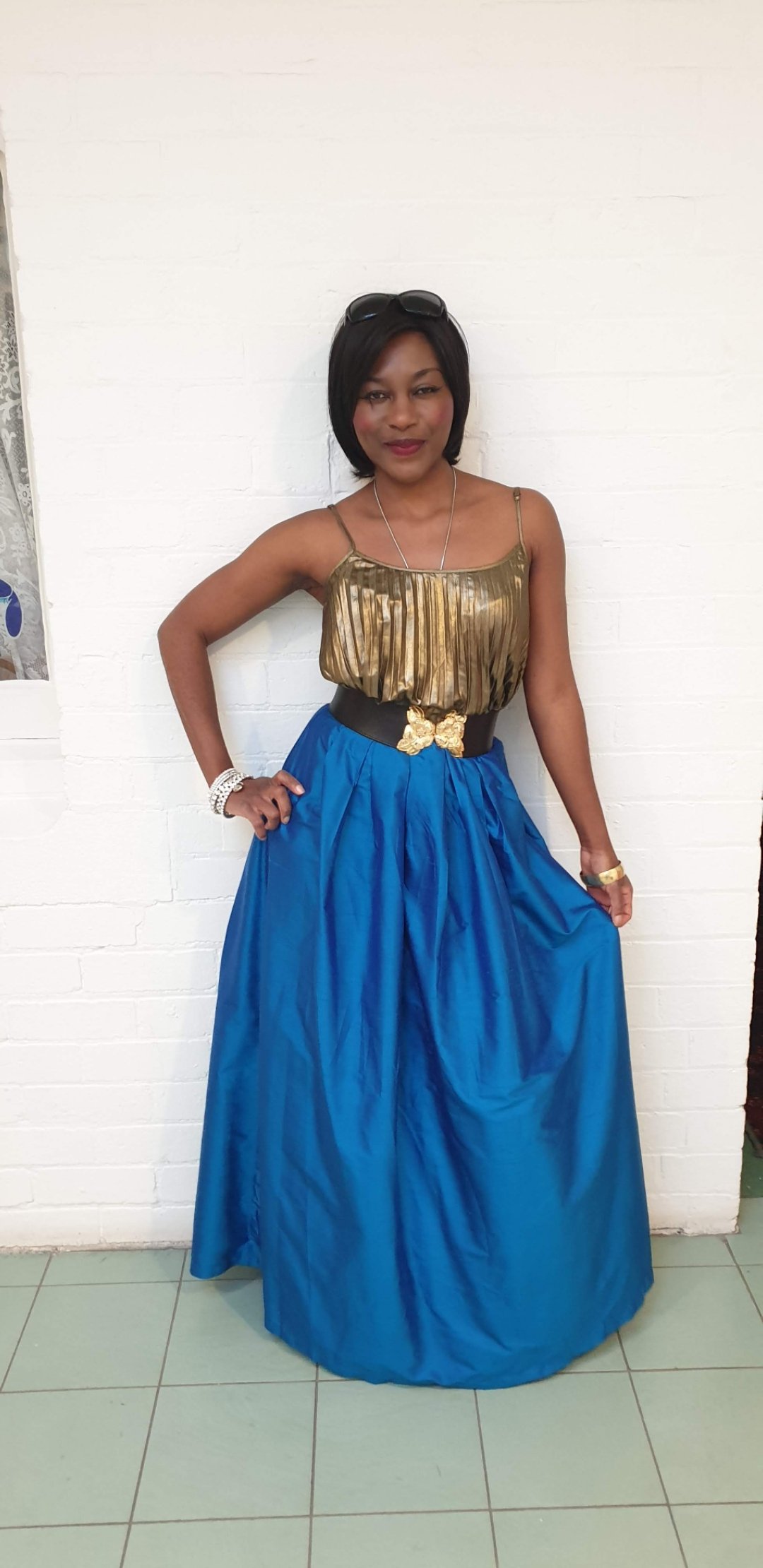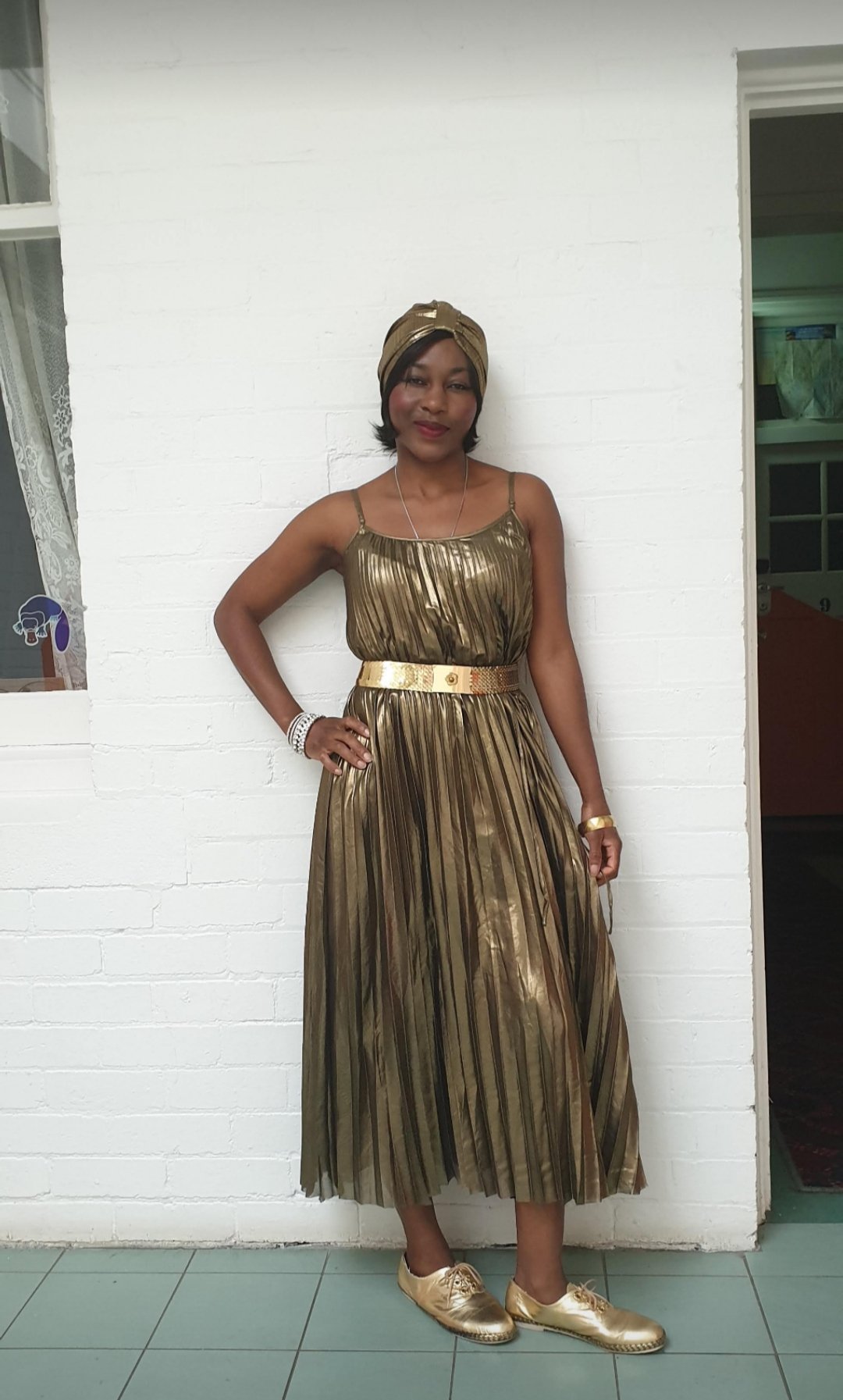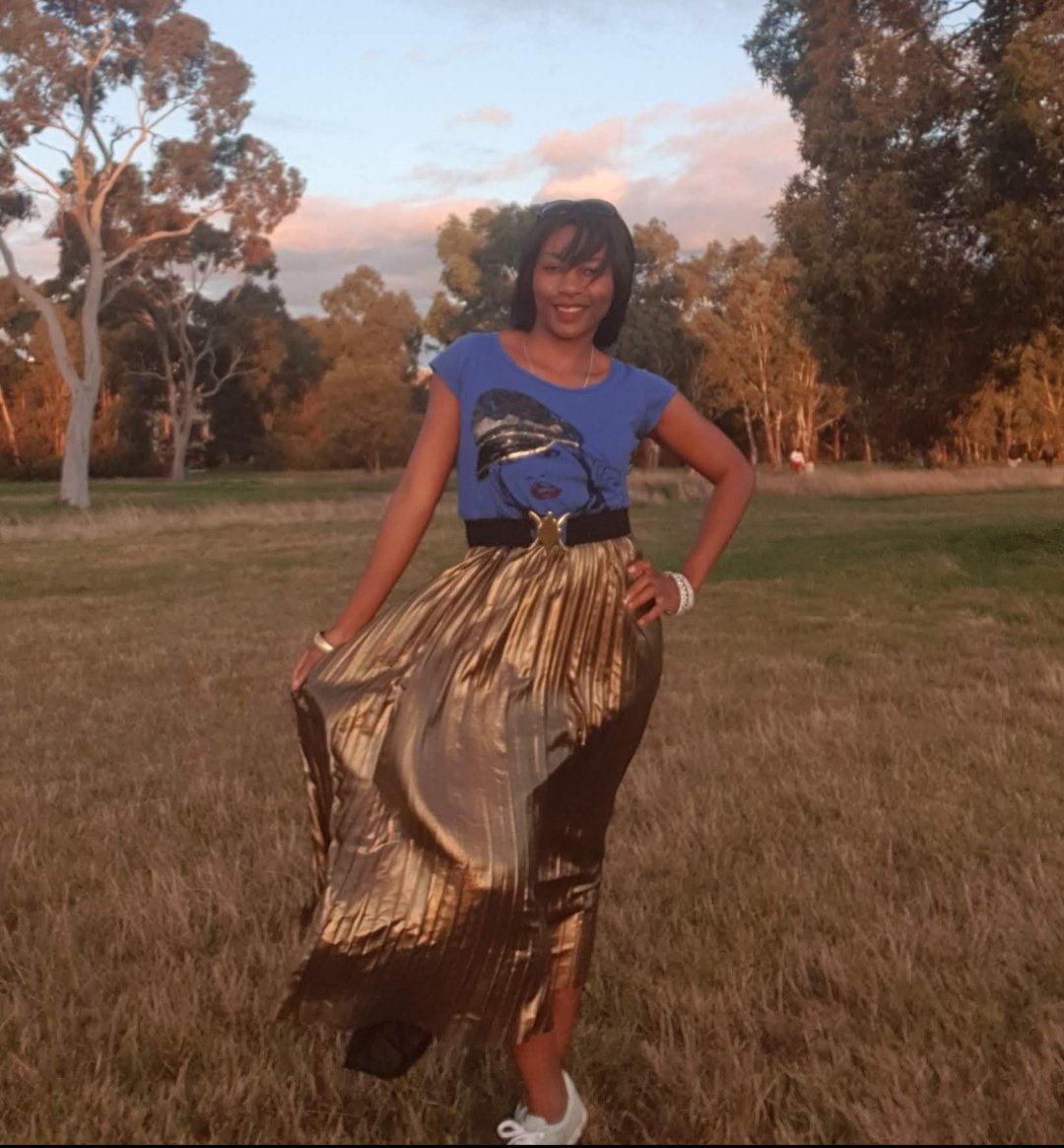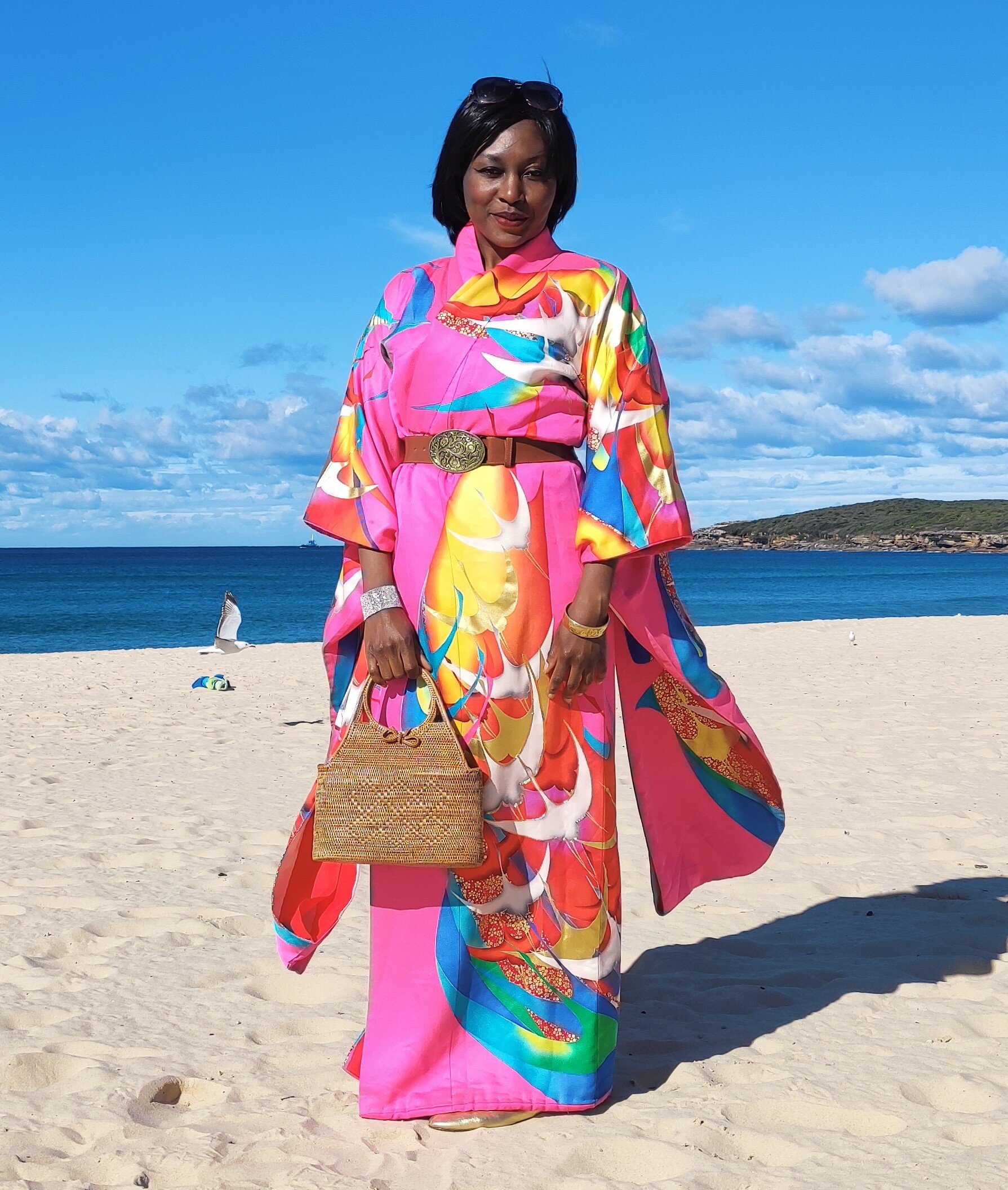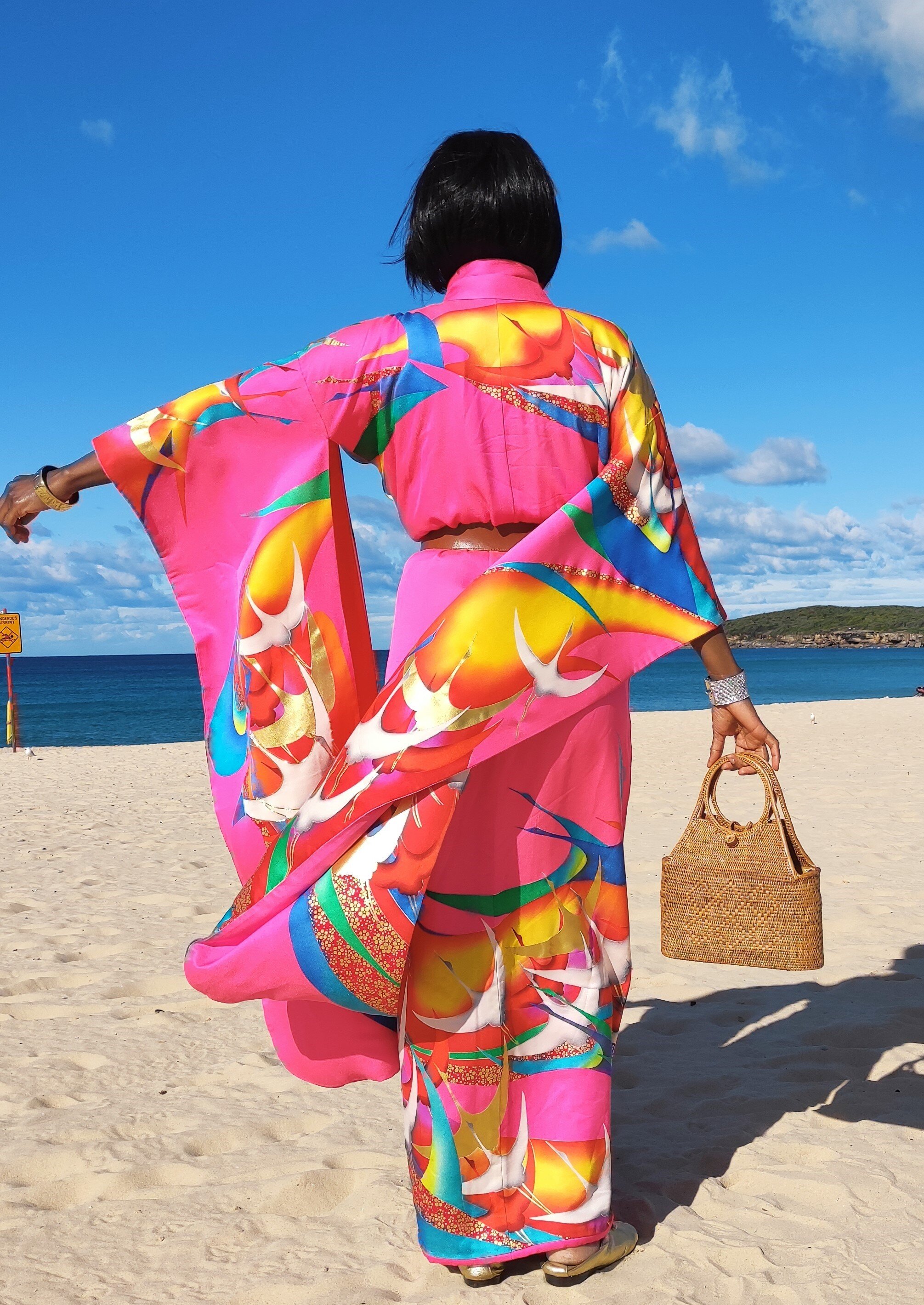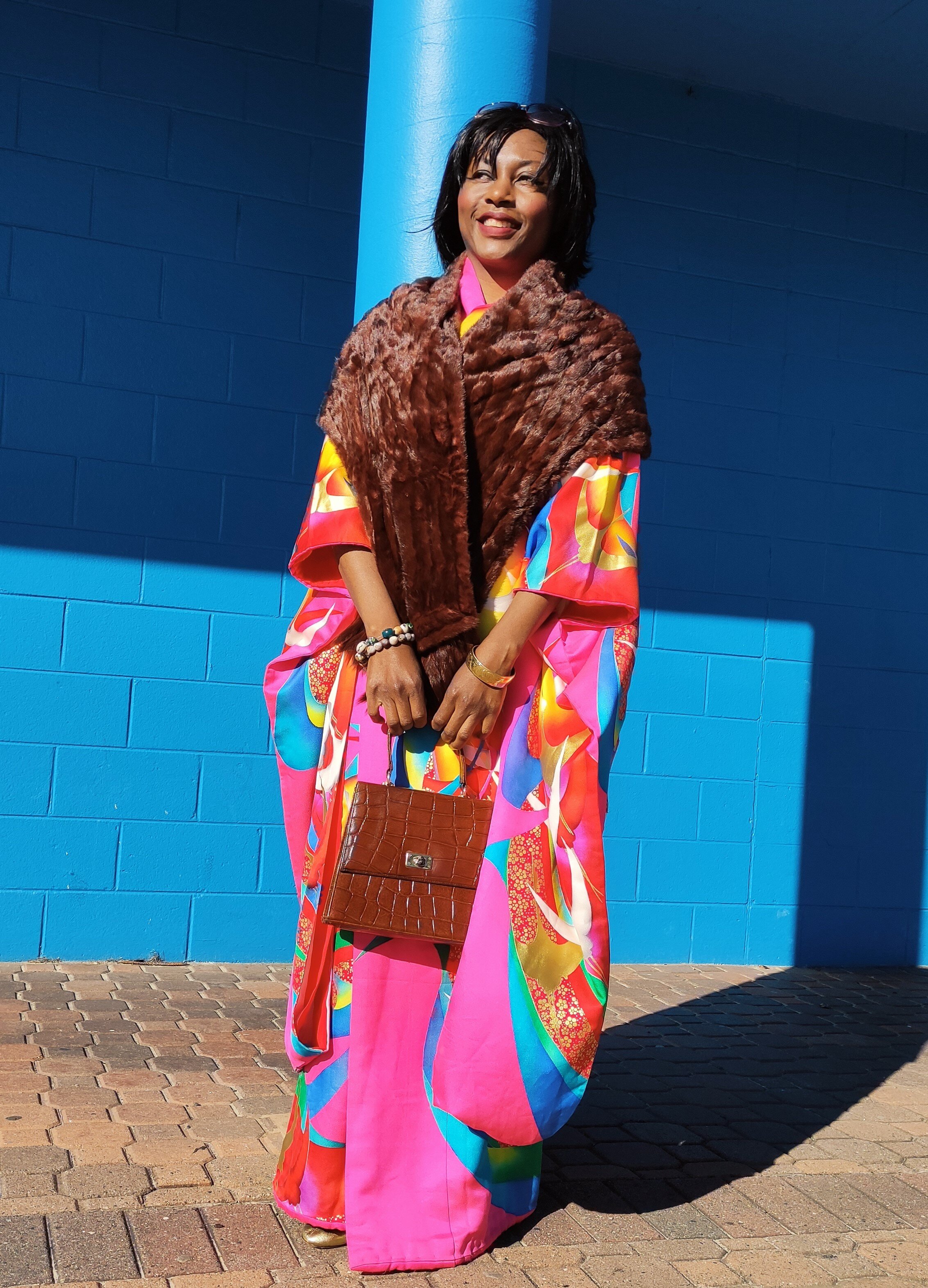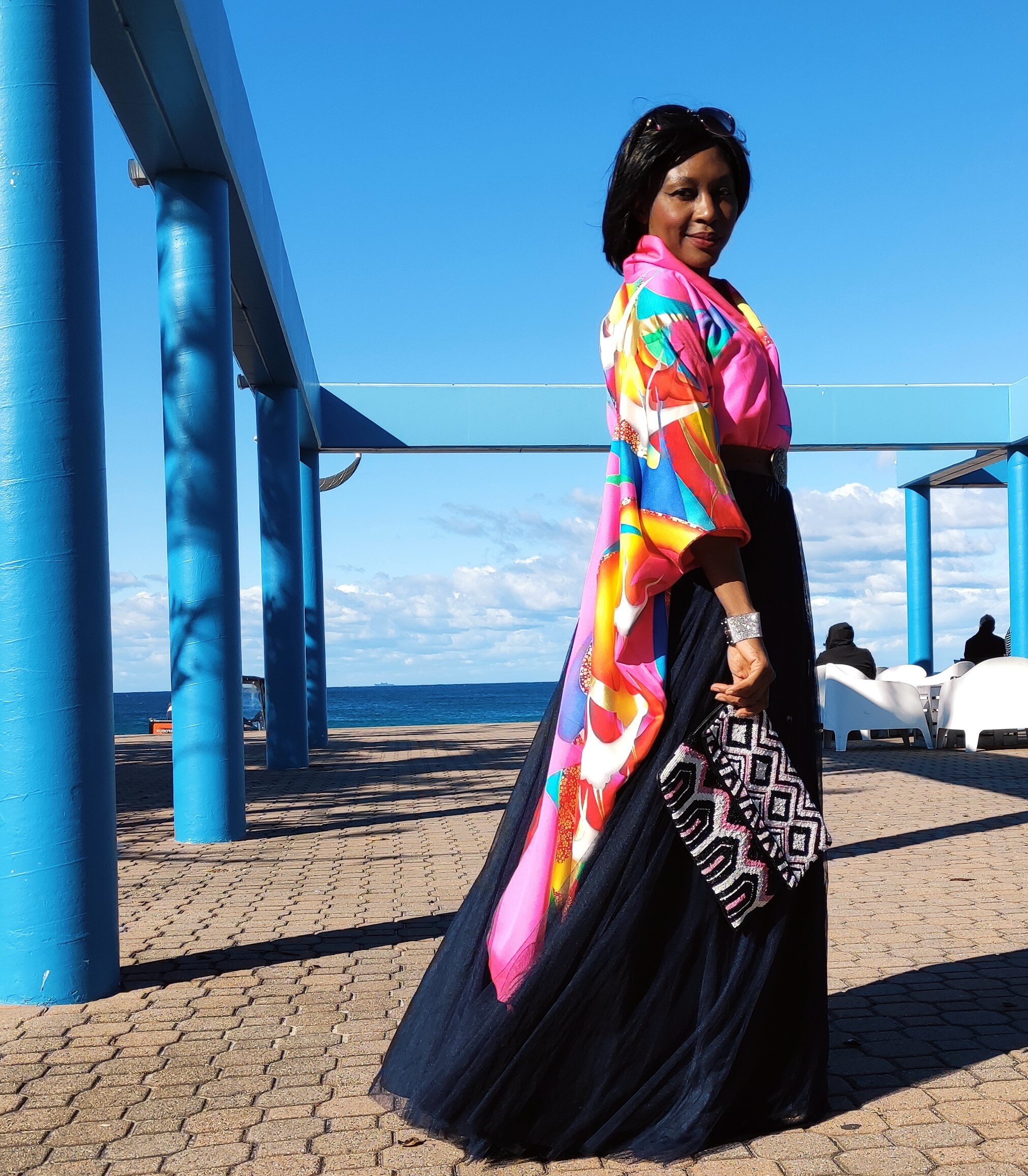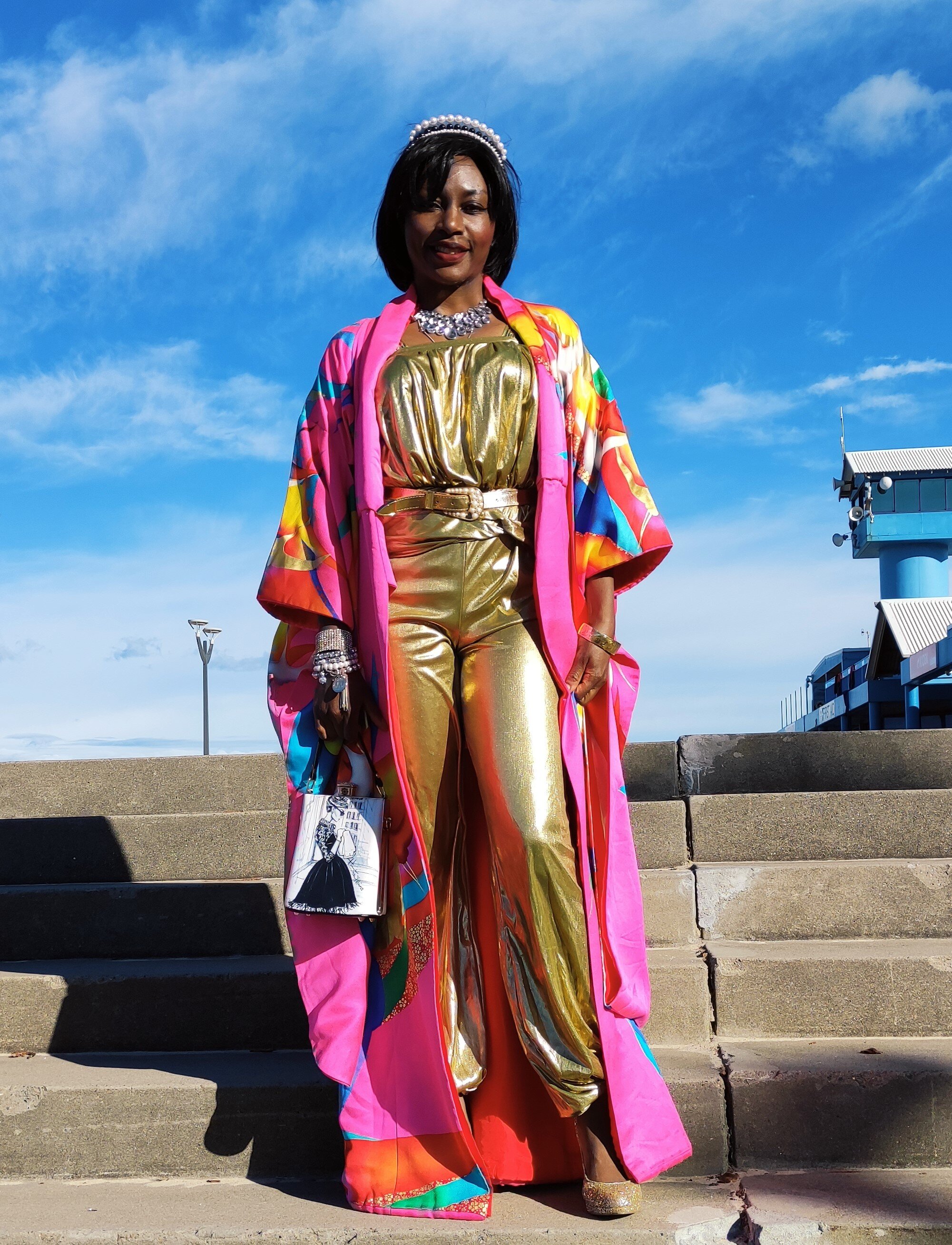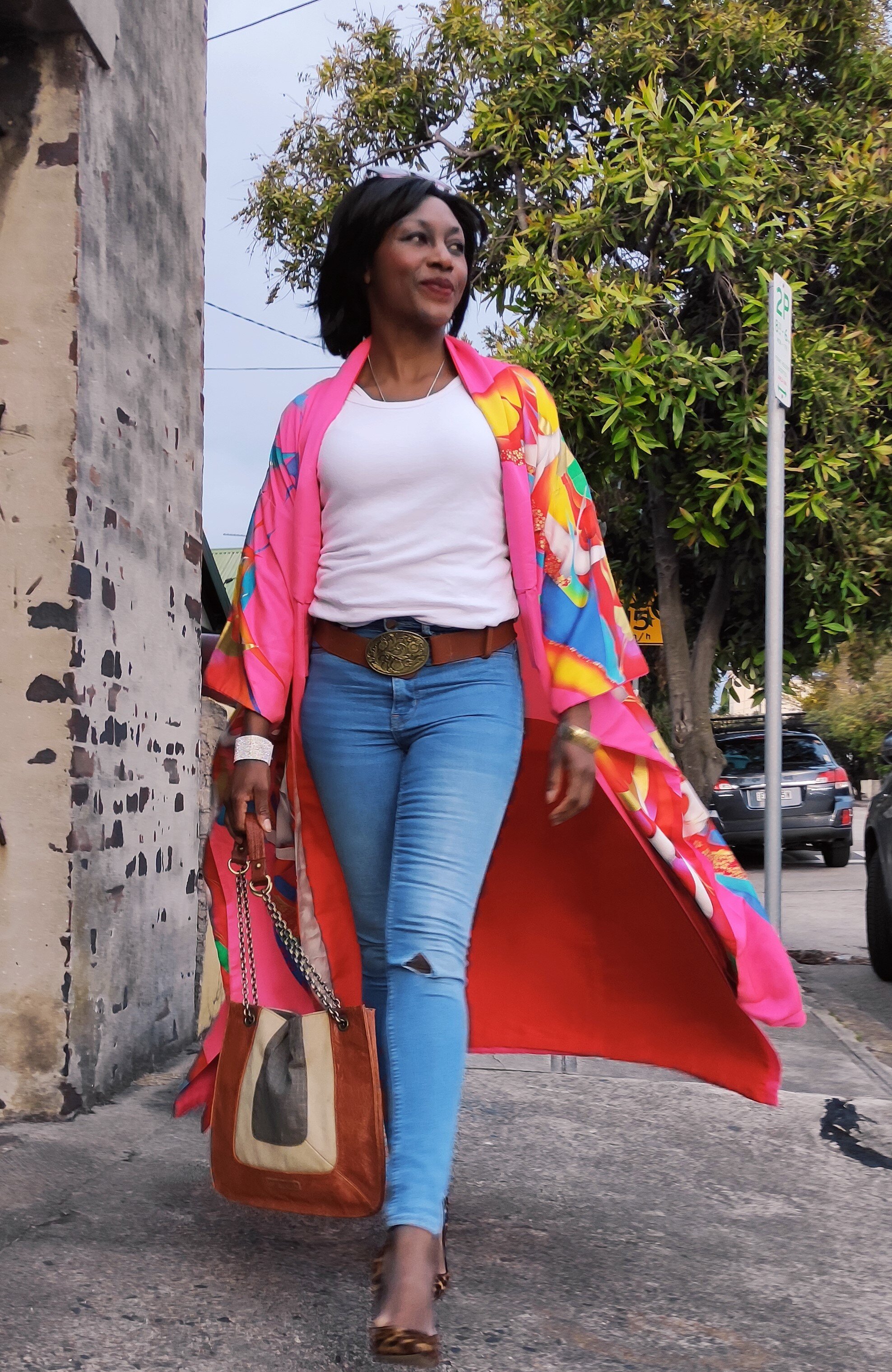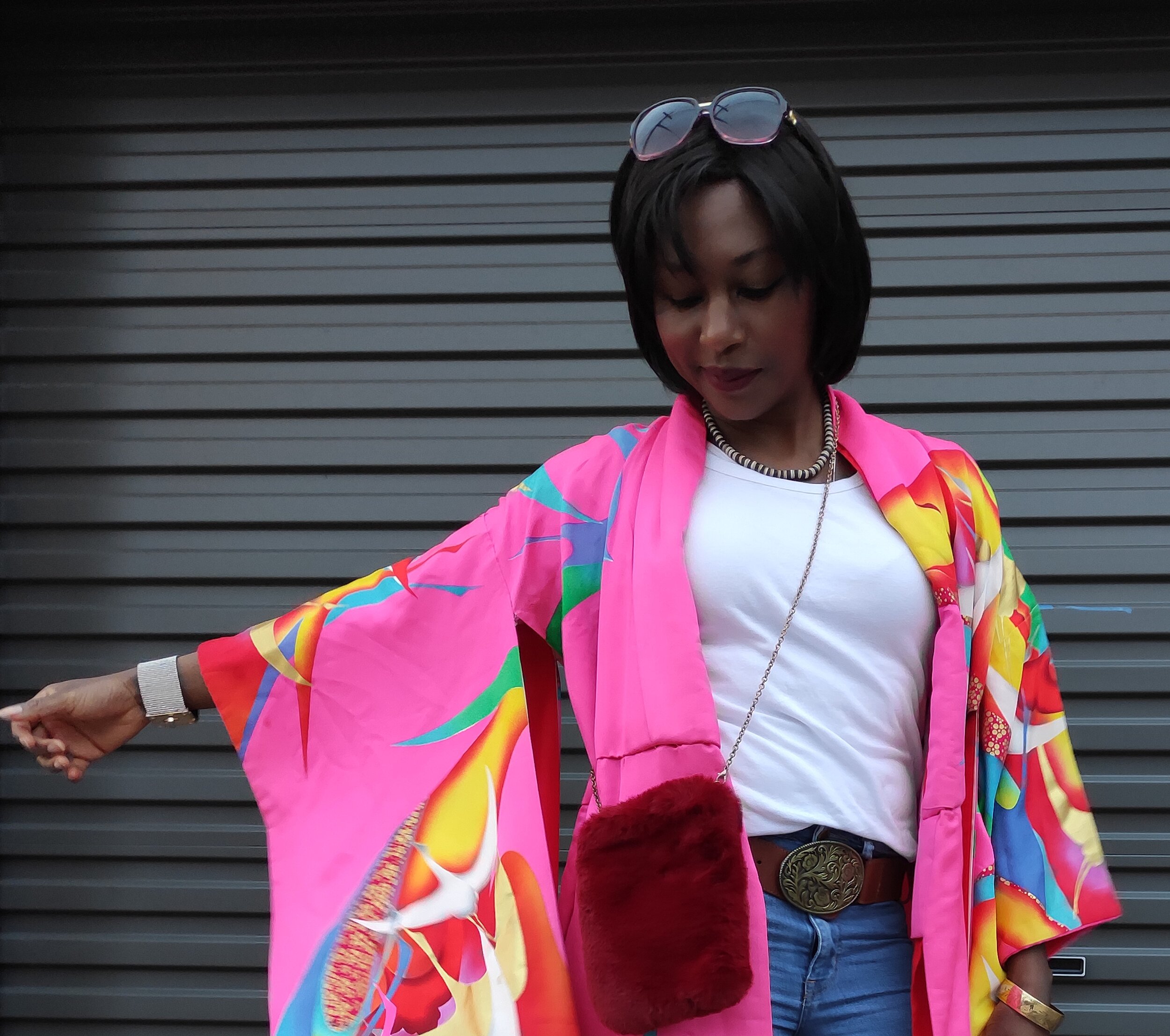You’ve probably heard by now that extending the life of a garment by nine extra months reduces its carbon, water and waste footprint by 20 – 30% each.
So many of us are used to buying new outfits when we have an event or whenever we’re bored with our wardrobes. Some of us just have a habit of retail therapy on autopilot. The result of this vast mindless overconsumption? A world where fashion & textiles is one of the most polluting industries in the world.
Around 100 – 150 billion garments are manufactured each year in a world of roughly 8 billion people. It’s not surprising that 87% of that ends up in landfill or incinerated each year.
The great Vivienne Westwood once said we need to buy less, choose well and make our stuff last longer. One of the easiest, simplest things anyone at any age or size can do to reduce waste in their wardrobe (and save some money in the process) is to reuse and restyle the pieces in your wardrobe, instead of buying brand new clothes.
Fluoro pink 1980s retro Japanese kimono I styled in in 6 ways.
Restyling means wearing 1 garment in multiple ways, for multiple types of occasions. It’s the antithesis to buying lots of brand new clothes or fast fashion on a regular basis. A little creativity, layering and accessorising in fun ways can be magical. New outfit combinations you never dreamed of are formed when you bring out the clothes and accessories in your wardrobe for a session of playing dress up. Mix and match different pieces that you’ve never worn together before to form new looks.
For inspiration, I’ve put 4 wardrobe restyles in this article: my pink Japanese kimono, a model I styled in a plain black dress, my white vintage 1970s taffeta dress and a bronze dress. The cool thing is that from one look to the next, you forget that it’s the same garment worn slightly differently. And each look works for a different type of occasion.
The colour, pattern and style combinations we can make in our wardrobes are endless. I hope you try it with your clothes. You can turn a dress into a top by wearing a skirt over the bottom half or even only use the bottom half as a skirt by wearing a top over the top half. This is what I did in some of these images. You can mix something that’s formal with a piece that’s more casual so that you get to wear the formal garment a little more often. The possibilities are limitless!
You can find restyle ideas and inspiration from:
Insta or Tiktok style challenges
by putting all your clothes and accessories on your bed, mix them up, then you’ll start to notice new pairs and combo possibilities emerge as you stare at the pile.
outside perspectives. Invite a few friends over for a style party and let them restyle the pieces in your wardrobe. Take photos of each look every time you restyle so that you remember the combinations. This can be done using accessories like bags, shoes, scarves, jewellery.
The benefits of restyling? Restyling your wardrobe can make your wardrobe feel new to you because you’re wearing existing and old pieces in brand new ways. This eliminates the need to buy new clothes because you’re bored or have an event coming up. If everyone does this regularly, it’ll definitely reduce clothing waste significantly.
From a personal style perspective, it can take your wardrobe to new heights!
You can save lots of money while still looking very stylish, from NOT buying new things.
Per year, the industry contributes 1.2 billion tons of carbon dioxide into the atmosphere. According to the Ellen MacArthur Foundation, if the fashion industry continues on its current trajectory, it could use more than 26% of the world’s carbon budget by 2050. We need to embrace simple actions like restyling. It can make a huge difference in the war on fashion waste.

